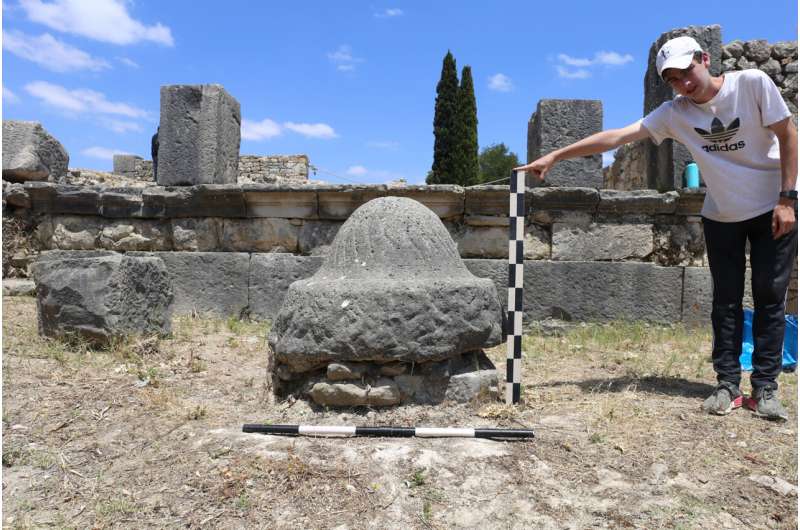
A study on stone tools from an outpost of the Roman Empire has found that for ancient bakers and millers, having the right tools was a matter of geology.
A team of geoscientists and archaeologists made the discovery by analyzing samples of the tools at a University of Texas at Austin geology lab, finding that dough mixing vats and millstones from Roman-era ruins of Volubilis, a city in Morocco, were made from specific rock types that probably improved each tool's function.
Furthermore, the researchers determined that the stones were sourced locally, a discovery that challenges a theory that some millstones had been imported from afar. It also means that the craftspeople who made the tools may have received input directly from the workers who used them.
"It is interesting because it is a very local source and seemingly from one source," said Jared Benton, a study co-author and an assistant professor at Old Dominion University who studies trade between Roman-era workshops. "One wonders if there's not a group of bakers that are coming together and saying let's buy our stuff from this one quarry, or maybe there's just one guy who [sells the stones], and that's it."

Roman-era mixers and millstones made with geology in mind
A study on stone tools from an outpost of the Roman Empire has found that for ancient bakers and millers, having the right tools was a matter of geology.
